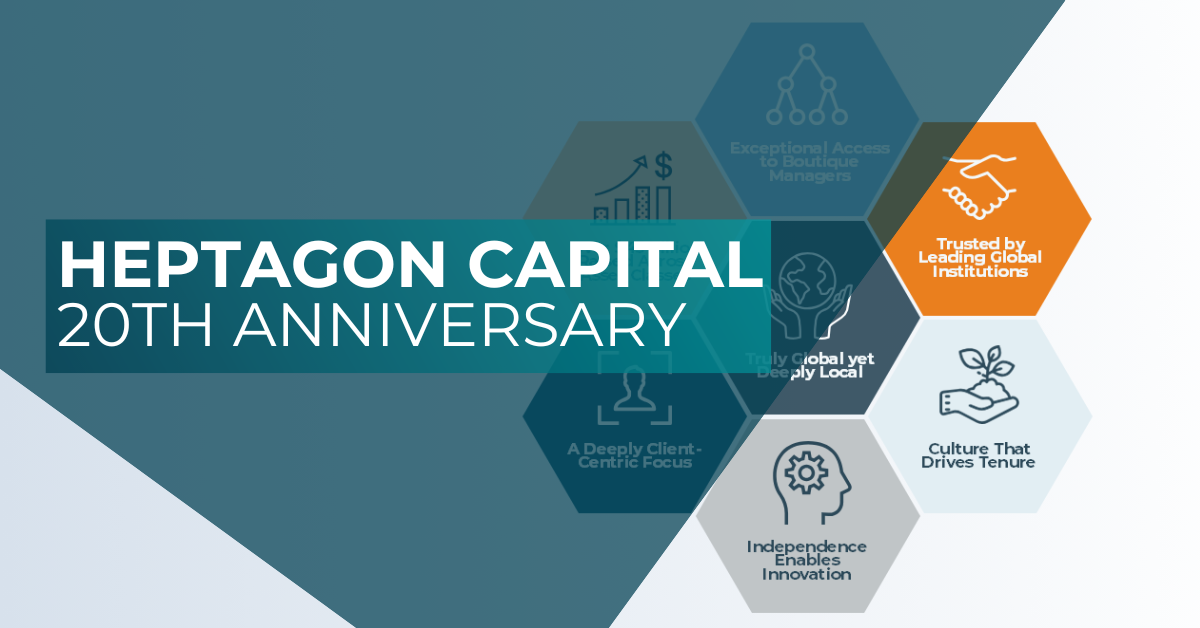
Season 5, Post 24: Fishing for facts
The Salmon Farming Industry Handbook may not be most people’s idea of a fun read. When a copy, however, arrived in your author’s inbox recently, he was delighted. The publication provides some invaluable insights into both the salmon industry specifically as well as the broader topic of why consumers might want to think more carefully about their food choices. To spare others the need to plough through the 120+ page document, below follows a summary of some of our key take-aways –
Although about 70% of the Earth’s surface is covered by ocean, fish accounts for just 7% of all protein sources produced for human consumption. If the United Nations is correct in its assumption that world population reaches 9.7bn by 2050 and that per capita consumption levels remain constant, then this implies a 24% increase in demand for protein. With land-based protein production becoming increasingly challenged for a variety of reasons (not least global warming), the case for expanding protein sources from the sea seems highly logical. For context, just 2.6m tonnes of Atlantic salmon was consumed last year versus over 120m tonnes of both pork and poultry.
The health benefits of salmon have long been documented. The fish is full of omega-3 fatty acids, vitamins B12 and D, and a range of minerals including iodine and selenium. If this were not argument enough for eating more salmon, then consider the environmental positioning of this protein source relative to others. Production is highly resource efficient, with 56kg of edible meat being available from every 100kg of feed, a superior ratio than for any other mainstream protein source. Its carbon footprint is also markedly lower, as is salmon’s water consumption ratio. Only 2000 litres of water are required per kilo of edible meat, less than two times the comparable figure for poultry. For pork, this grows by a factor of three, and for beef by over seven.
How best to account for what should be a pattern of only growing demand? As the Handbook notes, supply is constrained by where salmon can be farmed – a function of sheltered water zones at the right temperature. Regulation (to prevent over-fishing, for example) and sustainable animal husbandry practices also play a role. This ought to be good news for salmon farmers who can exert pricing power as well as potentially sell more of their fish annually on a contracted basis. Also throw into the mix the growing interest in developing land-based salmon farming solutions. Development costs are falling. Additionally, much as your author might love salmon – and be prepared to pay for it – it is important to recognise that the future of food will most likely see a ‘protein aisle’ develop in supermarkets where fish plays one role, along with bugs, plant-based solutions and lab-grown protein.
22 June 2023
The above does not constitute investment advice and is the sole opinion of the author at the time of publication. Please note the Salmon Industry Handbook is published by MOWI. Heptagon Capital is an investor in MOWI. The author of this piece has no personal direct investment in the business. Past performance is no guide to future performance and the value of investments and income from them can fall as well as rise.
Click here to view all Blog posts.
Photos taken by the author.
Alex Gunz, Fund Manager
Disclaimers
The document is provided for information purposes only and does not constitute investment advice or any recommendation to buy, or sell or otherwise transact in any investments. The document is not intended to be construed as investment research. The contents of this document are based upon sources of information which Heptagon Capital LLP believes to be reliable. However, except to the extent required by applicable law or regulations, no guarantee, warranty or representation (express or implied) is given as to the accuracy or completeness of this document or its contents and, Heptagon Capital LLP, its affiliate companies and its members, officers, employees, agents and advisors do not accept any liability or responsibility in respect of the information or any views expressed herein. Opinions expressed whether in general or in both on the performance of individual investments and in a wider economic context represent the views of the contributor at the time of preparation. Where this document provides forward-looking statements which are based on relevant reports, current opinions, expectations and projections, actual results could differ materially from those anticipated in such statements. All opinions and estimates included in the document are subject to change without notice and Heptagon Capital LLP is under no obligation to update or revise information contained in the document. Furthermore, Heptagon Capital LLP disclaims any liability for any loss, damage, costs or expenses (including direct, indirect, special and consequential) howsoever arising which any person may suffer or incur as a result of viewing or utilising any information included in this document.
The document is protected by copyright. The use of any trademarks and logos displayed in the document without Heptagon Capital LLP’s prior written consent is strictly prohibited. Information in the document must not be published or redistributed without Heptagon Capital LLP’s prior written consent.
Heptagon Capital LLP, 63 Brook Street, Mayfair, London W1K 4HS
tel +44 20 7070 1800
email [email protected]
Partnership No: OC307355 Registered in England and Wales Authorised & Regulated by the Financial Conduct Authority
Heptagon Capital Limited is licenced to conduct investment services by the Malta Financial Services Authority.



